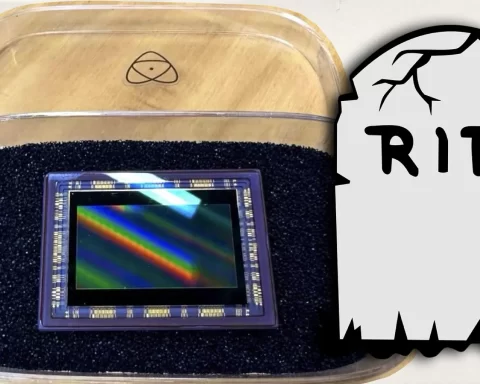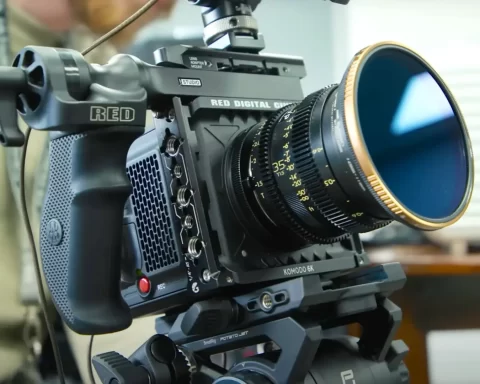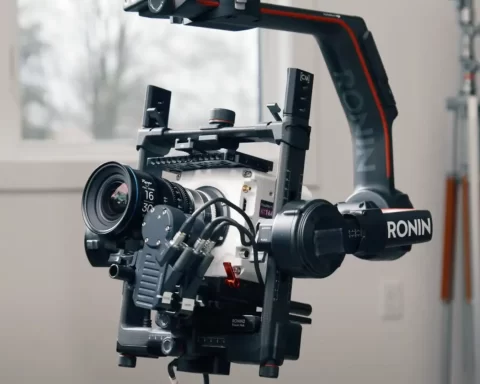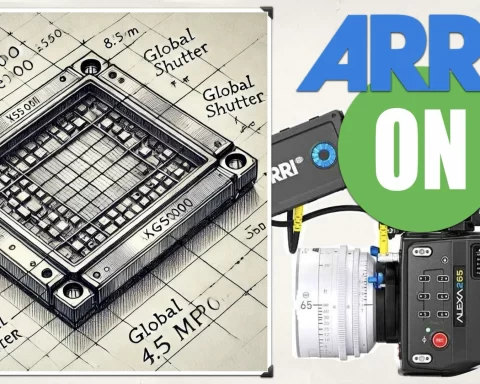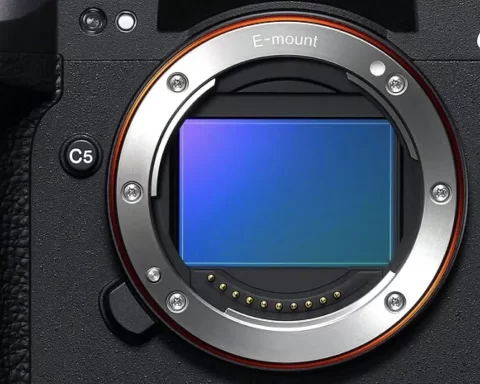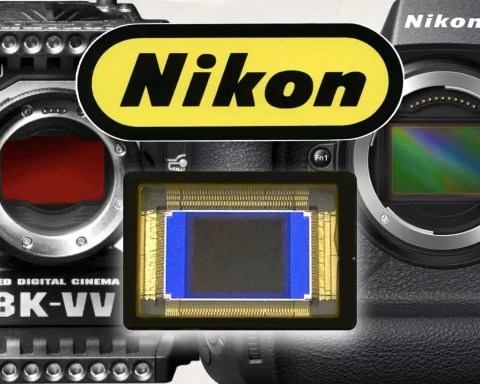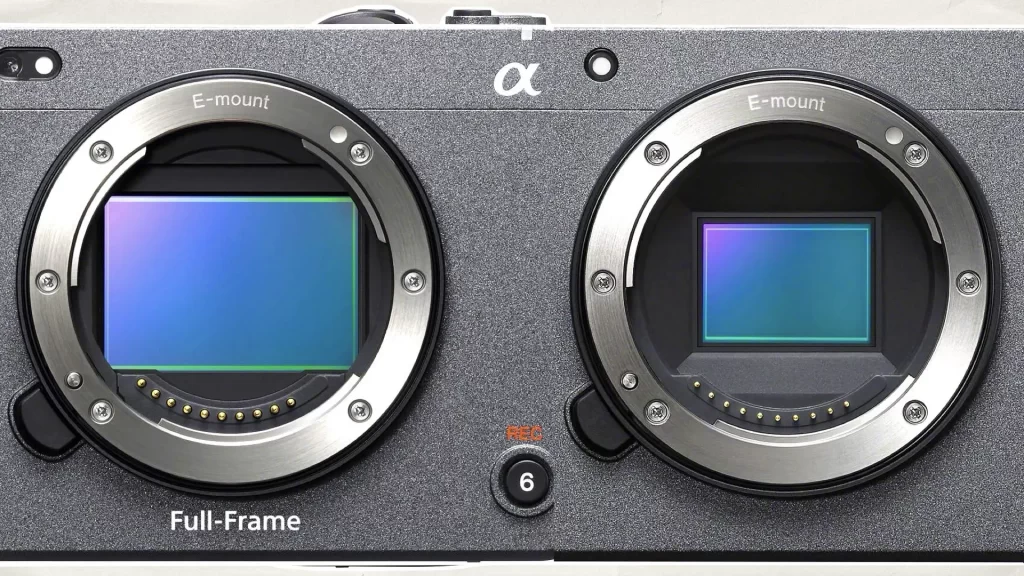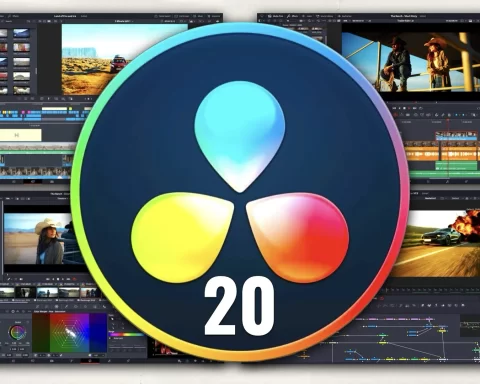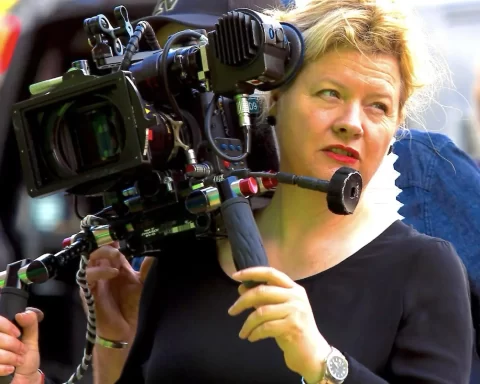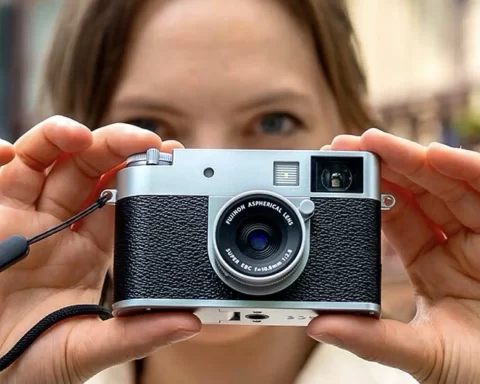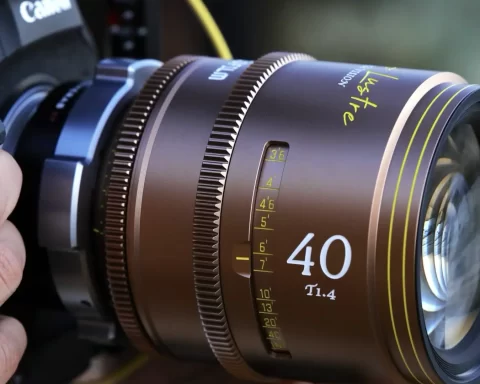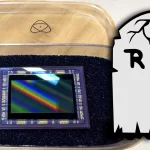One of the more unexpected reveals at NAB 2025 came from a new company in the professional cinema space: Pixboom. Their first camera, the Pixboom Spark, is a Super 35 high-speed digital cinema camera featuring a BSI global shutter sensor and capable of capturing 1000 frames per second at full 4K resolution. While still in development, the Spark introduces a set of features that could make high-speed cinematography more accessible to a broader range of users.
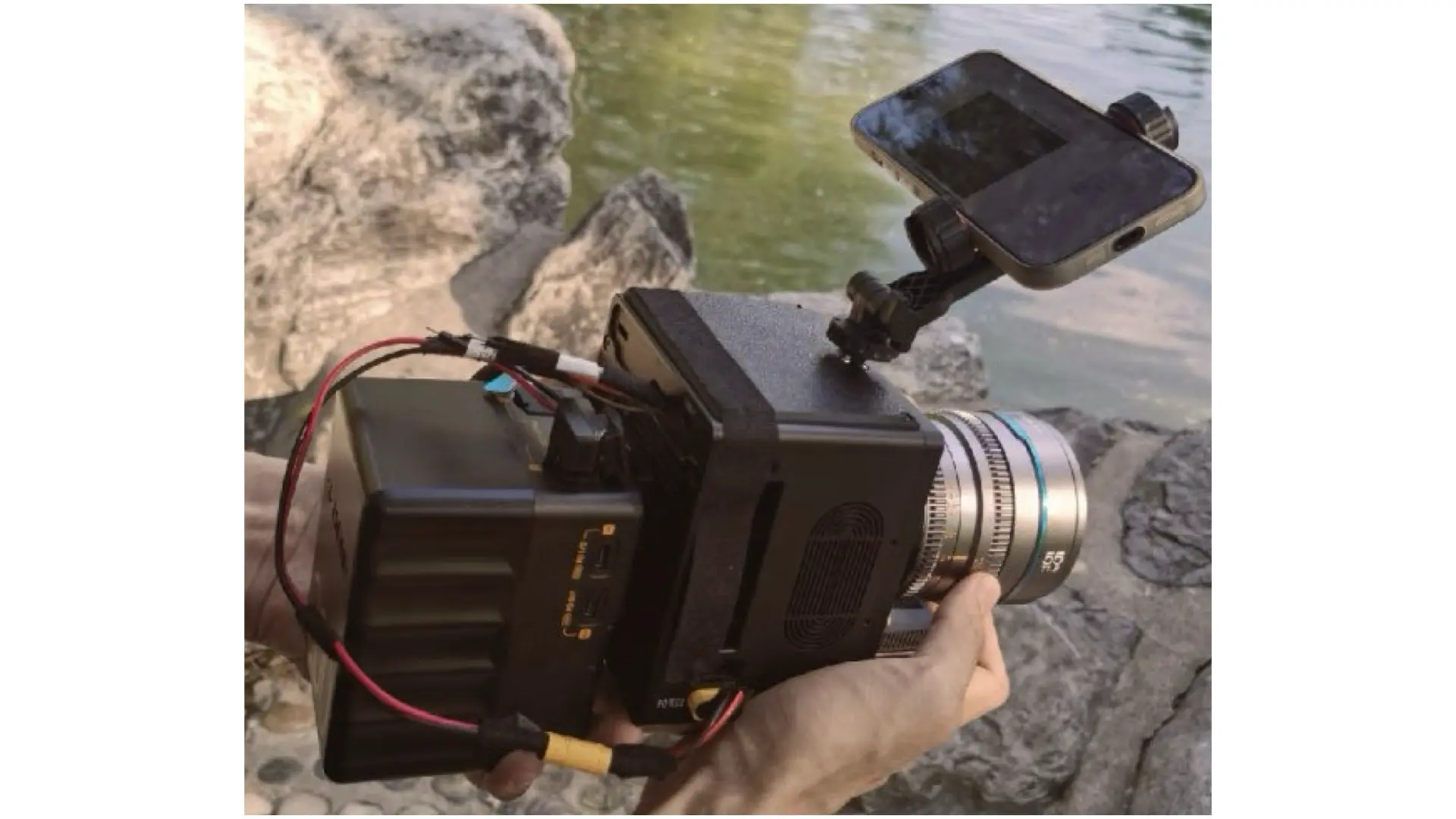
Background: High-Speed Imaging in Professional Filmmaking
High-speed cinematography has traditionally been associated with cameras like the Phantom Flex4K — powerful systems used in high-end productions, commercials, and scientific applications. These systems offer exceptional image quality and frame rates but come with high costs, large footprints, and workflow complexities. Over the years, some attempts have been made to create more compact or affordable options. Articles such as 2020: The Year of Affordable Ultra-High-Speed Cameras and Freefly Wave highlight examples where manufacturers tried to balance performance with price and size. Later, the Freefly Ember continued this trend, offering a more portable form factor but with certain limitations in resolution and internal storage. The Spark enters this space with a new approach.
Key Specifications and Features
The Pixboom Spark is equipped with several notable features:
-
Resolution & Frame Rates:
-
4K at 1000 fps
-
2K at 1800 fps, with the ability to achieve higher speeds through sensor windowing
-
-
Sensor:
-
Super 35mm BSI (Back-Side Illuminated) Global Shutter Sensor
-
Designed for high sensitivity and accurate motion capture
-
-
Recording:
-
Captures in PXBL (Pixboom Raw) format
-
Uses dual proprietary 2X M.2 SSDs (2TB capacity at launch)
-
Unlimited recording duration while storage allows
-
Export options include CinemaDNG and potentially ProRes, via Pixboom’s software
-
Like many specialty cameras, the Spark uses a proprietary recording format — PXBL — which prioritizes lossless raw image capture. This data is then processed through Pixboom’s software, where users can transcode to familiar formats such as CinemaDNG. This model is similar to workflows used with the Phantom Flex or RED cameras, allowing for flexibility in post-production while maintaining maximum image quality. The use of M.2 drives is notable — offering high-speed data transfer rates and modular media handling without relying on external recorders or large onboard RAID arrays.
-
Body and Interface:
-
Compact aluminum body
-
Integrated touchscreen and monitor for on-set operation
-
Active development, with a projected release by the end of 2025
-
-
Price:
-
Targeted to be significantly more affordable than legacy high-speed systems
-
Estimated to launch below $20,000 USD
-
These specifications indicate a balanced design focused on high performance in a compact and user-friendly form.
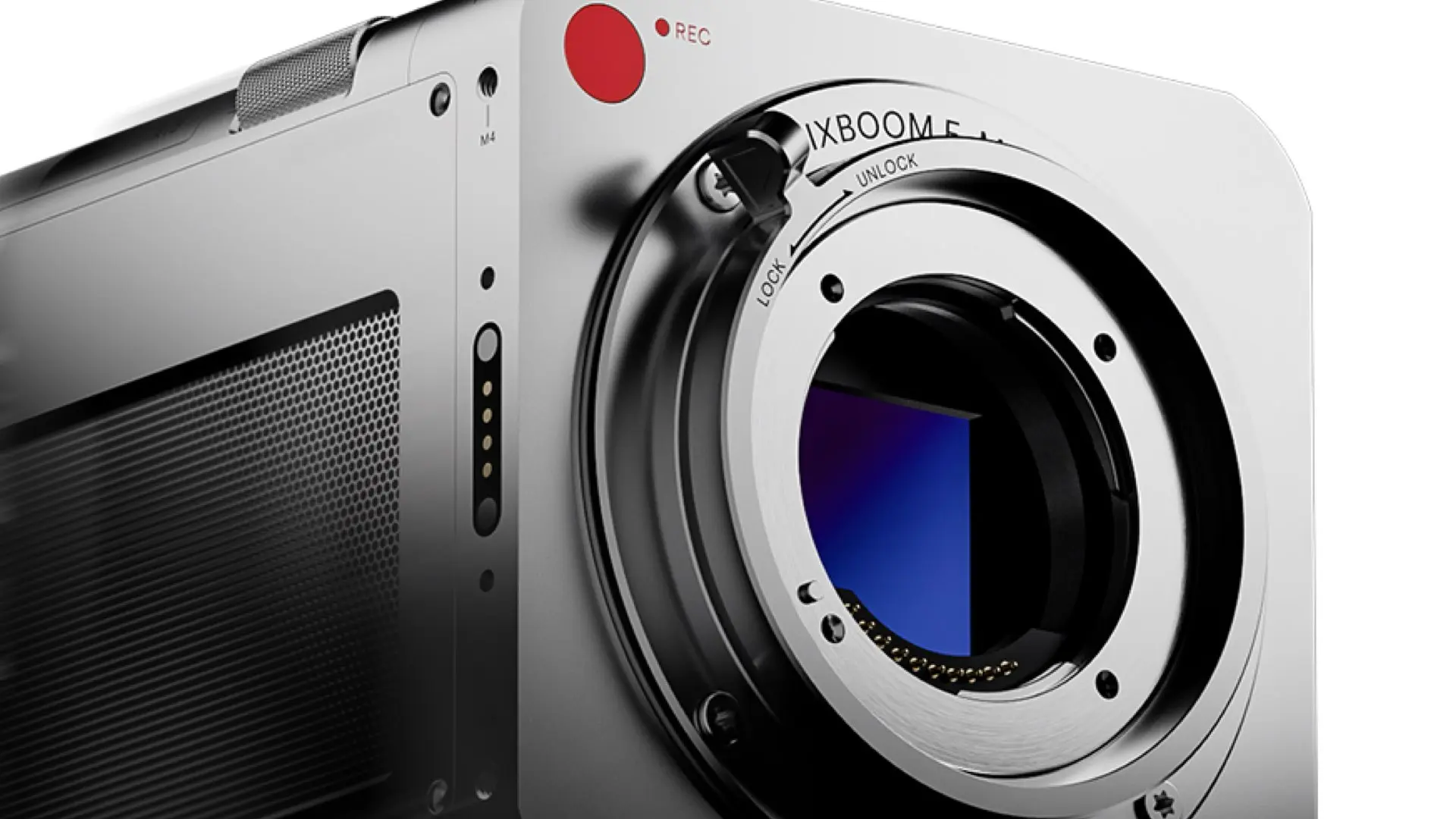
Position in the Market
High-speed imaging is used across a variety of disciplines, including sports analysis, nature cinematography, industrial testing, and creative slow-motion work in narrative and commercial filmmaking. The Spark’s capabilities could be particularly valuable for smaller productions or independent cinematographers who previously couldn’t justify the cost or complexity of systems like the Phantom Flex4K. The Spark sits in a space that bridges the gap between experimental cameras like the Freefly Wave and professional-grade systems like the Phantom Flex. It offers higher resolution and frame rates than the Wave or Ember while attempting to maintain a more approachable price point. Although the camera is still in the final stages of development, Pixboom has indicated that additional features — including expanded codec support and more refined resolution/framerate options — will be confirmed closer to launch.
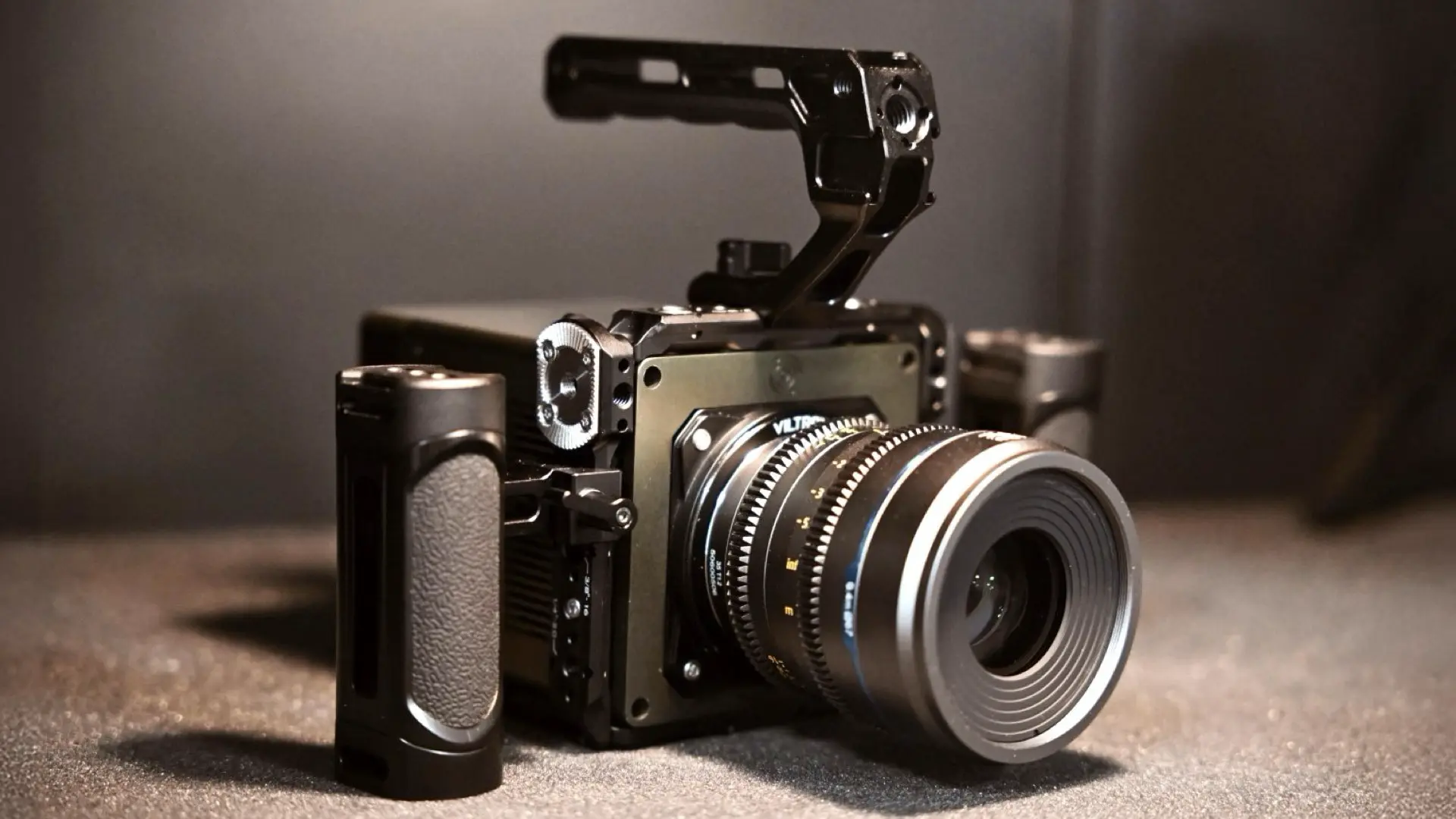
Final Thoughts
The Pixboom Spark represents a practical evolution in high-speed cinematography technology. With a combination of global shutter performance, lossless raw recording, and compact form factor, it provides an option that could suit a wide range of productions, especially those with limited resources but high creative or technical demands. Whether the Spark will deliver on all its promises remains to be seen as it reaches final development, but its initial announcement adds another viable tool to the cinematographer’s toolkit — one that emphasizes accessibility without compromising core imaging capabilities. More information about Pixboom and the Spark project can be found on their official blog.


